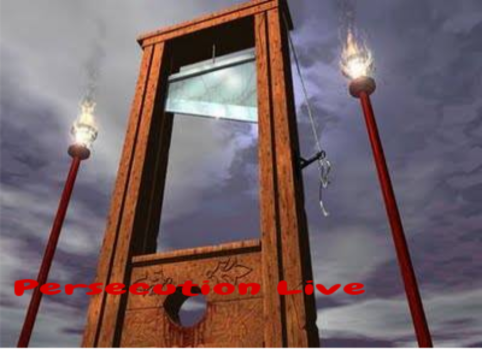Stage 4 prepares the way for the totalitarian government to grasp total control over those under its rule. It consists of a crisis moment, which may be either a real threat or a false flag that seems to threaten the nation.
By 1793, the French Revolution was at a crisis point. Defenders of the old order rose up on all sides to crush the new order. Austrian and Prussian armies encircled France, while the Vendéean peasants revolted against the revolutionary government and army. And so, in the name of “public safety,” the government decided to take harsh measures against all enemies of the revolution. And so, of course, they needed more control. This was the task of the Committee of Public Safety, and it suffered from no scruple in its methods.
On August 3, 1918, Lenin was shot after giving a speech at a factory. While recovering in the hospital, he wrote to a subordinate, “It is necessary secretly—and urgently—to prepare the terror.” This initiated a campaign of mass killings and detentions by the government, known to history as the Red Terror. As always, the justification for these acts was the “emergency” indicated by the attempted assassination. The “radicals” and “counterrevolutionaries” were allegedly “at the gate,” and it was necessary to use extreme measures to deal with this imminent “threat.” So the rhetoric went. And so it always goes.
Hitler also used a “state of emergency” to justify his clampdown. On February 27, 1933, the Reichstag went up in flames. In response, Herman Gorrin, minister of the interior, ordered a raid on Communist headquarters, allegedly for evidence of sedition and a Communist plot to attack public buildings. This, in Hitler’s mind, was the signal for seizing complete control. On February 28, the cabinet abolished freedom of speech, assembly, privacy, and the press. Around four thousand people were arrested that night. This “crisis,” with the usual language about safety and countering threats, ushered in totalitarianism in Germany.
